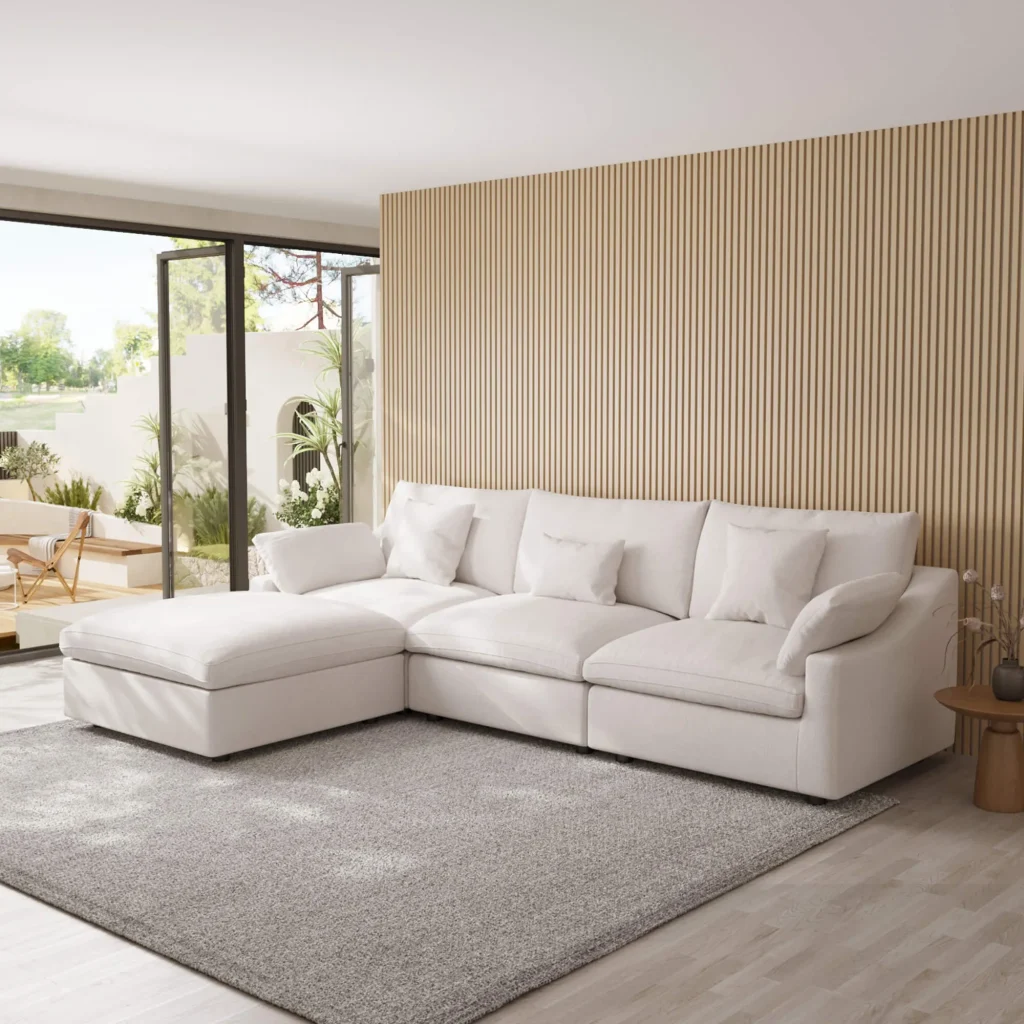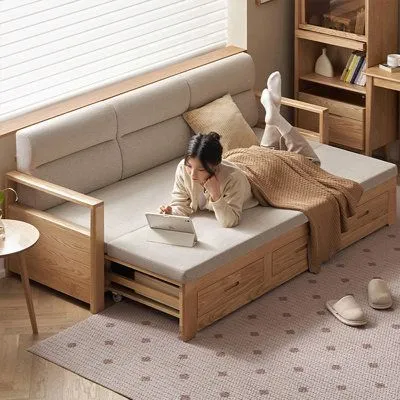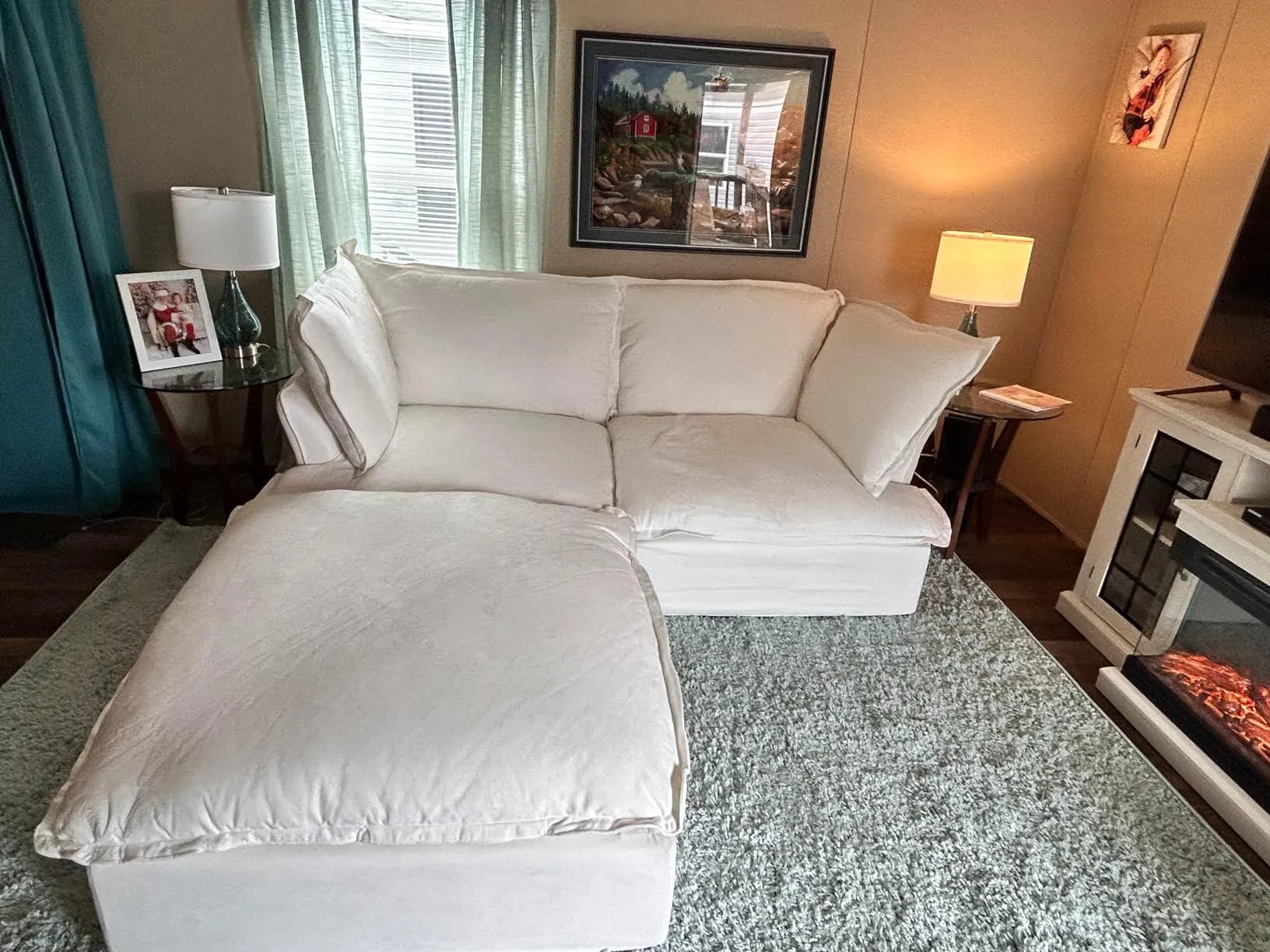‘Size takes precedence as it is crucial for the perception of a room volume to choose the most appropriate dimensions,’ says BIID registered interior designer Hedayat of Jam By Hedayat.
Choosing the right sofa size isn’t just about what looks good—it’s about making your whole space feel right. A sofa that’s too big can block pathways or overpower the room. One that’s too small might feel awkward or leave the space underused. The perfect size balances comfort, proportion, and function. In this guide, we’ll break down five practical tips based on pro styling advice and real room layout strategies, whether you live in a small apartment or have a spacious family room.






